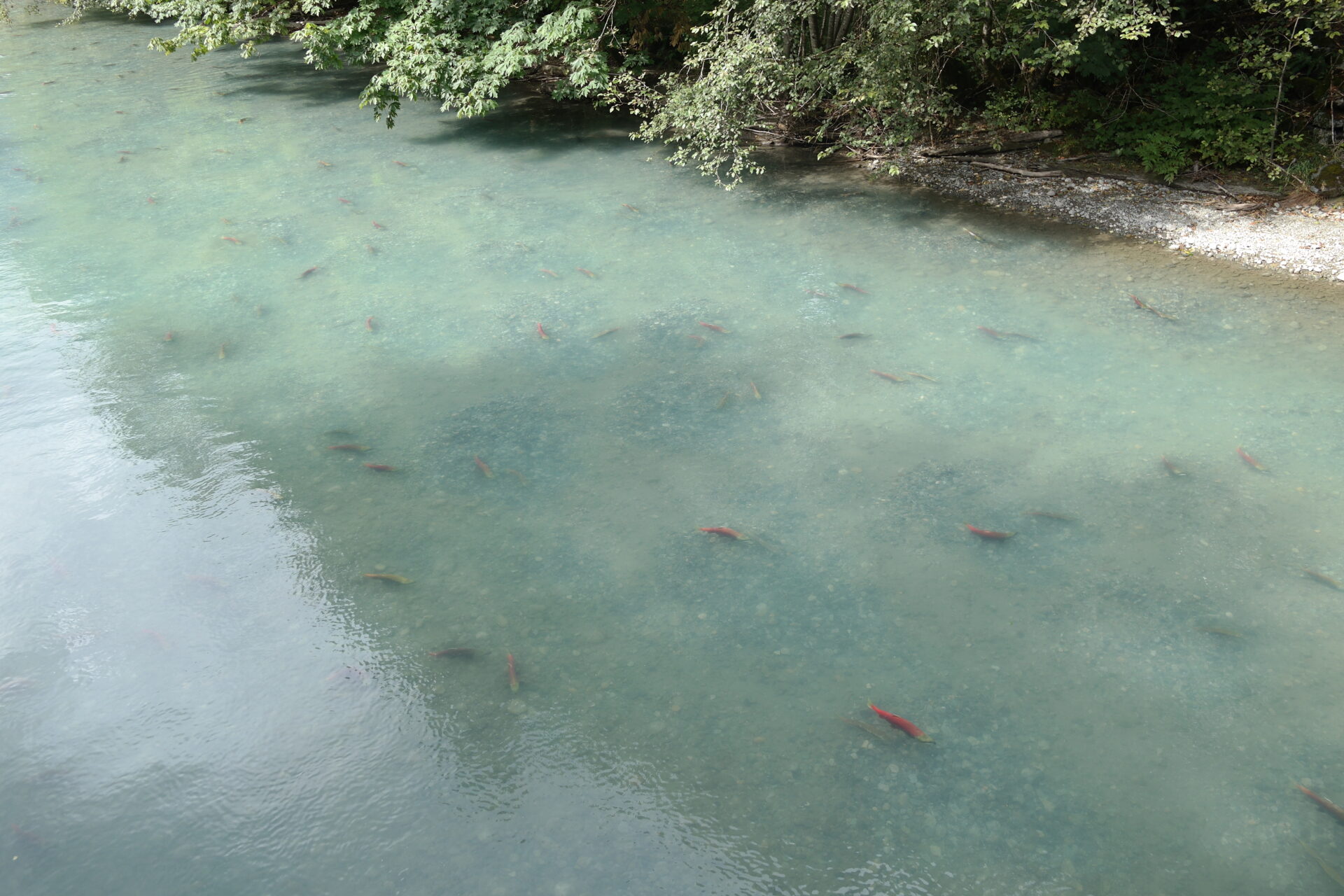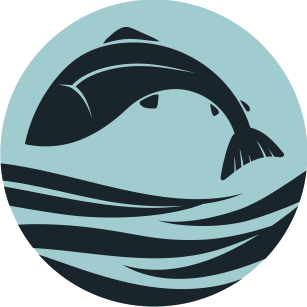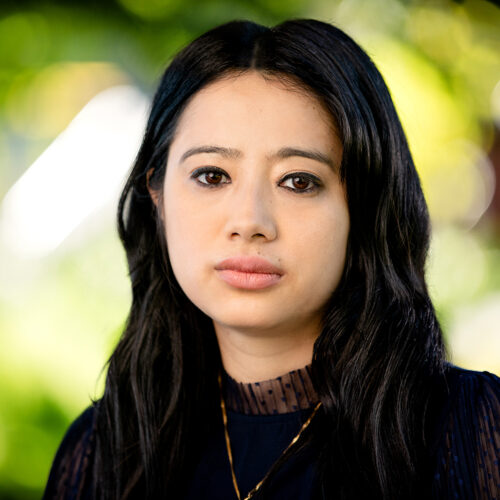Reciprocal Relationship with Katzie First Nations and Salmon – A Story of Endurance and Perseverance
Katzie First Nation people share a special bond with salmon from time immemorial. Salmon flow through the Upper Pitt watershed on the unceded territory of Katzie First Nation in the area now known as Pitt Meadows and Maple Ridge in British Columbia.
The Katzie First Nation is the band government of the Pitt /Alouette region of the Lower Fraser Valley in BC. They are traditionally a fishing community and in recent years many of the Katzie community members are coming back to harvest salmon during the summer months.
“Every year, the first salmon we catch[…]some of the nations in the valley do a big ceremony, where hundreds of people come,” says Rick Bailey, elected member of the council of Katzie First Nation. “You do that so that the salmon family comes back. It’s a sacred thing. They’re precious to us.”
Salmon are a precious keystone species; a symbol of sacrifice, fortitude, and culture and are the staple food for many Indigenous communities.
During their lifecycle, salmon migrate between oceans and freshwater streams and serve as a connecting link between cultural past and present. They are a symbol of knowledge and perseverance as they return to the habitats of birth and play an integral role in restoring the health and stability of ecosystems. They bring food, prosperity, and wealth. No Salmon implies no life. If the journey is not completed, people, animals, and even the trees go hungry.
The journey of wild Sockeye salmon is miraculous. Every year they swim hundreds of miles upstream through inland rivers and streams, facing countless obstacles, until they reach their spawning grounds, lay their eggs then die. New generations of salmon make their way to repeat the cycle again. We learn from salmon that they are the knowledge keepers who teach us the need to return to our roots.

As the Earth is warming, this precious keystone species may soon vanish. They encounter numerous conditions that impact their survival such as climate change and forest logging practices, causing disturbances to riparian areas which affect the aquatic ecosystems and alter their habitats.
Recent data shows that the Chinook salmon population has steadily declined from 3500 in the 1960s to 75 in 2018 due to the impacts of improper land use practices, land degradation, and rapid fishery pressures.
Chinook salmon hold cultural and economic significance and are the primary food source for Southern Resident Killer whales. They play an integral role in restoring the health and stability of ecosystems, and bring food, prosperity, and wealth.
The Healthy Watersheds Initiative funding is supporting the restoration work on the Upper Pitt River’s Blue Creek habitat. This area is home to the Katzie First Nations from time immemorial and is a “biodiversity hotspot” for the Upper Pitt Chinook salmon.
27 HWI funded projects are protecting specific species. For example, some are creating or reinforcing spawning and riffle/pool habitats for chum, Coho, and cutthroat trout (Ahousaht Nation, HWI-2021-006), while others are managing species interaction by installing fencing to exclude grazing cattle from wetland and riparian zones (BCWF-Suncreek, HWI-2021-007).

This project aims to alleviate these adverse impacts, restore lost salmon habitat, and reverse the loss to build a healthier sustainable ecosystem for communities, specifically Chinook salmon. It also focuses on strengthening relationships with Indigenous communities. The collaborative work being done on Katzie’s territory is setting an example of how community and holistic environmental resilience can be achieved.
Habitat restoration and the creation of new habitat began in March 2021. A new spawning channel for sockeye, coho, and chinook salmon is being built and will significantly improve the availability and quality of spawning and rearing habitat in the area. This project builds on the work started by the DFO-RRU in the late 1990s and aims to further expand available habitat over the next 10 years.
How can we improve the way we manage salmon?
- Riparian buffer regulations and areas management – The installation of buffer strips along riparian areas protect in stream habitat and prevents decline in fish biomass
- Introducing more rehabilitation programs for stream and watershed – Creating off-channel salmon habitat augments the physical characteristics of salmon habitat and helps in restore salmon spawning habitat
- Better management of riparian areas can be done by careful riparian planting
- Policies around salmon should make conservation a priority.
- A comprehensive understanding and awareness around the relationship between salmon and water will help to develop long-term goals and maintain the salmonoid stocks.








